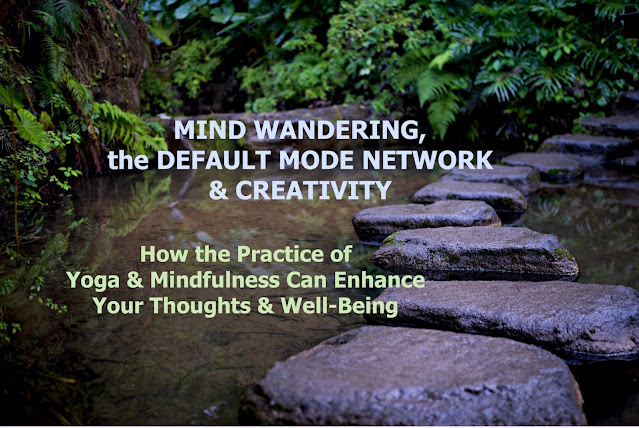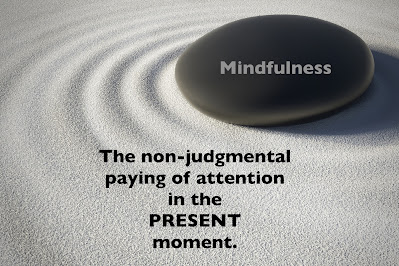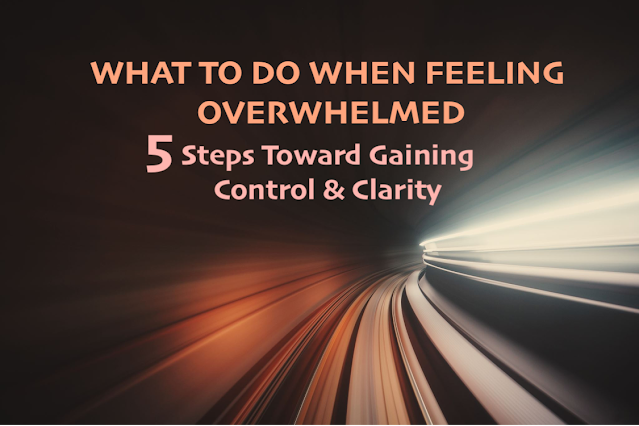MIND WANDERING, THE DEFAULT MODE NETWORK & CREATIVITY: How the Practice of Yoga and Mindfulness Can Enhance Your Thoughts & Well-Being
Mind Wandering
WHEN YOUR ATTENTION SHIFTS AWAY FROM THE CURRENT
ACTIVITY TO AN INTERNAL STREAM OF THOUGHT
You are actively working on a team project, in conversation with your neighbor, or sitting in a lecture hall learning about art history and, all of a sudden, you "space out." Your mind left the project, the conversation, or the room; taking it upon itself to exit the current situation in lieu of staying, attending and focusing.
Conscious experience is fluid and rarely is one focused on a particular topic or action for very long.
Upon returning to awareness, your short trip away may have been experienced as good, bad, rewarding, energizing, concerning and/or a plethora of other feelings.
Sometimes this works to your advantage, helping you to solve a problem by seeing connections that have previously been elusive, and at other times, it creates a hardship by veering your attention off-focus, losing key elements of a lecture or conversation that were needed in order to successfully progress.
Your personal experience is the determining factor as to whether this occurrence was adaptive, meaning it gave rise to creativity, or maladaptive, meaning it negatively affected your mood and energy.
SPONTANEOUS THOUGHTS
Spontaneity of thinking occurs when your attention departs from your perception of the environment and, instead, becomes focused on your internal dialogue, wandering deep into the infinite space of your mind to think, create, remember, connect, etc.
Mind wandering often falls within the following broad categories: daydreaming, fantasizing, visualizing, and worrying. It can occur while driving, reading, studying, working on a project, and even during conversation. The wandering off may have originally been triggered by external factors, such as a floral scent reminiscent of your grandmother's home or a song taking you back to your first concert. The external stimulus has now become an internal escape into another time, another place, and/or another experience.
So ... why does your brain do this?
Jonathan Smallwood, professor of psychology, has made it his mission to study mind wandering, a seemingly immeasurable concept; something researchers typically veer away from since its lack of measurability would make it difficult to strategize hypothesis testing while adhering to the tenets of research design. This challenge, however, did not dissuade Dr. Smallwood who set on course decades ago to investigate spontaneous and unpredictable thoughts. Concluding that what appears to be a waste of time may actually be "the brain trying to get a bit of work done when it is under the impression that there isn't much going on."
With the recent advancements in brain imaging, neuroscientists have been able to measure brain activity. Before the development of this sophisticated technology, the ability to determine what is occurring when an individual is not occupied with a behavior or task was both challenging and elusive.
"AHA!" MOMENTS CAN EMANATE FROM FOCUSED THINKING AS WELL AS DAYDREAMING
Default Mode Network
Is there a way of augmenting the positive aspects of mind wandering, while decreasing its negative effects? Can you change the direction of your thoughts? The short and simple answer —> Yes! You can simultaneously choose where your energy goes while giving your mind permission to, at times, freely roam and wander. However, as with most things, this is easier said than done!
As mentioned earlier, while mind wandering can certainly enjoy many benefits such as enhanced creativity and problem solving, it can also be associated with a negative mood if the preponderance of mind wandering includes plunging into the abyss of worry, fears and misery. Research supports that contemplative practices such as yoga and mindfulness have positive effects on directing these thoughts.
Yoga
Yoga, a deeply rooted, healing and integrative practice, emphasizing the mind-body connection, incorporating breathwork, postures, and meditation, originated thousands of years ago in India and is one of the best holistic health practices we have available to us today.
Mindfulness
Mindfulness helps recalibrate your mind and body. It is the act of paying attention to the present moment with a non-judgmental attitude. Consistently practiced and over time, as with yoga, a mindfulness practice is brain restorative. It helps to change the neural circuitry to one of serenity and peace.
As incoming stimuli is typically judged as good or bad, positive or negative, mindfulness helps you to see these "as is" with no need to evaluate or judge. You consciously meet the stimuli with a calm strength and presence. Imagine how much energy would be restored by not having a reaction or a judgment to each and every incoming stimulus? You would essentially be training your mind to transition from reactivity to simply being. The energy not needlessly spent on evaluation can now be allocated to focusing! This also applies to mind wandering. Mindfulness can ease the propensity to roam for too long either into the past or the future, two states that only exist in your mind but may or may not be grounded in reality if this time travel evokes anxiety, prolonged sadness and grief, and/or fear.
REFERENCEs
Kabat-Zinn, J. (2003). Mindfulness-based stress reduction (MBSR). Constructivism in the Human Sciences, 8(2), 73–107.
Lee, Bruce. 2013. Tao of Jeet Kune Do. Ohara Publications.
Ramírez-Barrantes R, Arancibia M, Stojanova J, Aspé-Sánchez M, Córdova C, Henríquez-Ch RA. Default Mode Network, Meditation, and Age-Associated Brain Changes: What Can We Learn from the Impact of Mental Training on Well-Being as a Psychotherapeutic Approach? Neural Plast. 2019 Apr 2
Tina Chou, Darin D Dougherty, Andrew A Nierenberg, Thilo Deckersbach,Restoration of default mode network and task positive network anti-correlation associated with mindfulness-based cognitive therapy for bipolar disorder, Psychiatry Research: Neuroimaging, Volume 319, 2022,
Shofty, B., Gonen, T., Bergmann, E. et al. The default network is causally linked to creative thinking. Mol Psychiatry 27, 1848–1854 (2022). https://doi.org/10.1038/s41380-021-01403-8
Smallwood, J & Schooler, J. The Science of Mind Wandering: Empirically Navigating the Stream of Consciousness.Annual Review of Psychology. Vol. 66: 487-518. (Volume publication date January 2015)
If you enjoyed this article and would like to read more, then let's connect:
FACEBOOK: Marie Therese Rogers
Atlantic Behavioral Health Professionals
Life in Focus
LINKEDIN: Marie T. Rogers, Ph.D.
INSTAGRAM: Mariethereserogers
You are also invited to listen to the LIFE IN FOCUS podcast on Apple and other streaming devices.

















If you only knew how many thoughts are going through my head right now! Lol, but seriously! I find this topic so interesting in so many different ways.
ReplyDeleteI love brainstorming, it releases such a creative process, and especially with collaboration.
My mind does wander at times, which I can see as a benefit but I would get so much more work done if I could control it. Thank you for posting this!
Thank you for reading and sharing your personal experience. I can relate. Sometimes I believe I live in the world of mind wandering. LOL! This is why I was so fascinated with the topic and in learning more about the brain's role.
Delete